|
Volume 1, DC Circuits, 538 pages |
Volume 2, AC Circuits, 554 pages |
| |
|
|
Contents |
VASIC AC THEORY |
|
1 BASIC CONCEPTS OF ELECTRICITY |
1.1 What is alternating current (AC)? |
|
1.1 Static electricity |
1.2 AC waveforms |
|
1.2 Conductors, insulators, and electron
flow |
1.3 Measurements of AC magnitude |
|
1.3 Electric circuits |
1.4 Simple AC circuit calculations |
|
1.4 Voltage and current |
1.5 AC phase |
|
1.5 Resistance |
1.6 Principles of radio |
|
1.6 Voltage and current in a practical
circuit |
|
|
1.7 Conventional versus electron flow |
2 COMPLEX NUMBERS |
| |
2.1 Introduction |
|
OHM’s LAW |
2.2 Vectors and AC waveforms |
|
2.1 How voltage, current, and resistance
relate |
2.3 Simple vector addition |
|
2.2 An analogy for Ohm’s Law |
2.4 Complex vector addition |
|
2.3 Power in electric circuits |
2.5 Polar and rectangular notation |
|
2.4 Calculating electric power |
2.6 Complex number arithmetic |
|
2.5 Resistors |
2.7 More on AC ”polarity” |
|
2.6 Nonlinear conduction |
2.8 Some examples with AC circuits |
|
2.7 Circuit wiring |
|
|
2.8 Polarity of voltage drops |
REACTANCE AND IMPEDANCE – INDUCTIVE |
|
2.9 Computer simulation of electric
circuits |
3.1 AC resistor circuits |
| |
3.2 AC inductor circuits |
|
ELECTRICAL SAFETY |
3.3 Series resistor-inductor circuits |
|
3.1 The importance of electrical safety |
3.4 Parallel resistor-inductor circuits |
|
3.2 Physiological effects of electricity |
3.5 Inductor quirks |
|
3.3 Shock current path |
3.6 More on the “skin effect” |
|
3.4 Ohm’s Law (again!) |
|
|
3.5 Safe practices |
4 REACTANCE AND IMPEDANCE – CAPACITIVE
81 |
|
3.6 Emergency response |
4.1 AC resistor circuits |
|
3.7 Common sources of hazard |
4.2 AC capacitor circuits |
|
3.8 Safe circuit design |
4.3 Series resistor-capacitor circuits |
|
3.9 Safe meter usage |
4.4 Parallel resistor-capacitor circuits |
|
3.10 Electric shock data |
4.5 Capacitor quirks |
| |
|
|
SCIENTIFIC NOTATION AND METRIC PREFIXES |
REACTANCE AND IMPEDANCE – R, L, AND C |
|
4.1 Scientific notation |
5.1 Review of R, X, and Z |
|
4.2 Arithmetic with scientific notation |
5.2 Series R, L, and C |
|
4.3 Metric notation |
5.3 Parallel R, L, and C |
|
4.4 Metric prefix conversions |
5.4 Series-parallel R, L, and C |
|
4.5 Hand calculator use |
5.5 Susceptance and Admittance |
|
4.6 Scientific notation in SPICE |
|
| |
RESONANCE |
|
SERIES AND PARALLEL CIRCUITS |
6.1 An electric pendulum |
|
5.1 What are ”series” and ”parallel”
circuits? |
6.2 Simple parallel (tank circuit)
resonance |
|
5.2 Simple series circuits |
6.3 Simple series resonance |
|
5.3 Simple parallel circuits |
6.4 Applications of resonance |
|
5.4 Conductance |
6.5 Resonance in series-parallel
circuits |
|
5.5 Power calculations |
6.6 Q and bandwidth of a resonant
circuit |
|
5.6 Correct use of Ohm’s Law |
|
|
5.7 Component failure analysis |
MIXED-FREQUENCY AC SIGNALS |
|
5.8 Building simple resistor circuits |
7.1 Introduction |
| |
7.2 Square wave signals |
|
DIVIDER CIRCUITS AND KIRCHHOFF’S LAWS |
7.3 Other waveshapes |
|
6.1 Voltage divider circuits |
7.4 More on spectrum analysis |
|
6.2 Kirchhoff ’s Voltage Law (KVL) |
7.5 Circuit effects |
|
6.3 Current divider circuits |
|
|
6.4 Kirchhoff ’s Current Law (KCL) |
FILTERS |
| |
8.1 What is a filter? |
|
SERIES-PARALLEL COMBINATION CIRCUITS |
8.2 Low-pass filters |
|
7.1 What is a series-parallel circuit? |
8.3 High-pass filters |
|
7.2 Analysis technique |
8.4 Band-pass filters |
|
7.3 Re-drawing complex schematics |
8.5 Band-stop filters |
|
7.4 Component failure analysis |
8.6 Resonant filters |
|
7.5 Building series-parallel resistor
circuits |
|
| |
TRANSFORMERS |
|
DC METERING CIRCUITS |
9.1 Mutual inductance and basic
operation |
|
8.1 What is a meter? |
9.2 Step-up and step-down transformers |
|
8.2 Voltmeter design |
9.3 Electrical isolation |
|
8.3 Voltmeter impact on measured circuit |
9.4 Phasing |
|
8.4 Ammeter design |
9.5 Winding configurations |
|
8.5 Ammeter impact on measured circuit |
9.6 Voltage regulation |
|
8.6 Ohmmeter design |
9.7 Special transformers and
applications |
|
8.7 High voltage ohmmeters |
9.8 Practical considerations |
|
8.8 Multimeters |
|
|
8.9 Kelvin (4-wire) resistance
measurement |
POLYPHASE AC CIRCUITS |
|
8.10 Bridge circuits |
10.1 Single-phase power systems |
|
8.11 Wattmeter design |
10.2 Three-phase power systems |
|
8.12 Creating custom calibration
resistances |
10.3 Phase rotation |
| |
10.4 Polyphase motor design |
|
ELECTRICAL INSTRUMENTATION SIGNALS |
10.5 Three-phase Y and Delta
configurations |
|
9.1 Analog and digital signals |
10.6 Three-phase transformer circuits |
|
9.2 Voltage signal systems |
10.7 Harmonics in polyphase power
systems |
|
9.3 Current signal systems |
10.8 Harmonic phase sequences |
|
9.4 Tachogenerators |
|
|
9.5 Thermocouples |
POWER FACTOR |
|
9.6 pH measurement |
11.1 Power in resistive and reactive AC
circuits |
|
9.7 Strain gauges |
11.2 True, Reactive, and Apparent power |
| |
11.3 Calculating power factor |
|
DC NETWORK ANALYSIS |
11.4 Practical power factor correction |
|
10.1 What is network analysis? |
|
|
10.2 Branch current method |
AC METERING CIRCUITS |
|
10.3 Mesh current method |
12.1 AC voltmeters and ammeters |
|
10.4 Node voltage method |
12.2 Frequency and phase measurement |
|
10.5 Introduction to network theorems |
12.3 Power measurement |
|
10.6 Millman’s Theorem |
12.4 Power quality measurement |
|
10.7 Superposition Theorem |
12.5 AC bridge circuits |
|
10.8 Thevenin’s Theorem |
12.6 AC instrumentation transducers |
|
10.9 Norton’s Theorem |
|
|
10.10Thevenin-Norton equivalencies |
AC MOTORS |
|
10.11Millman’s Theorem revisited |
13.1 Introduction |
|
10.12Maximum Power Transfer Theorem |
13.2 Synchronous Motors |
|
10.13¢-Y and Y-¢ conversions |
13.3 Synchronous condenser |
| |
13.4 Reluctance motor |
|
BATTERIES AND POWER SYSTEMS |
13.5 Stepper motors |
|
11.1 Electron activity in chemical
reactions |
13.6 Brushless DC motor |
|
11.2 Battery construction |
13.7 Tesla polyphase induction motors |
|
11.3 Battery rations |
13.8 Wound rotor induction motors |
|
11.4 Special-purpose batteries |
13.9 Single-phase induction motors |
|
11.5 Practical considerations |
13.10 Other specialized motors |
| |
13.11 Selsyn (synchro) motors |
|
PHYSICS OF CONDUCTORS AND INSULATORS |
13.12 AC commutator motors |
|
12.1 Introduction |
|
|
12.2 Conductor size |
TRANSMISSION LINES |
|
12.3 Conductor ampacity |
14.1 A 50-ohm cable? |
|
12.4 Fuses |
14.2 Circuits and the speed of light |
|
12.5 Specific resistance |
14.3 Characteristic impedance |
|
12.6 Temperature coefficient of
resistance |
14.4 Finite-length transmission lines |
|
12.7 Superconductivity |
14.5 “Long” and “short” transmission
lines |
|
12.8 Insulator breakdown voltage |
14.6 Standing waves and resonance |
|
12.9 Data |
14.7 Impedance transformation |
| |
14.8 Waveguides |
|
CAPACITORS |
|
|
13.1 Electric fields and capacitance |
|
|
13.2 Capacitors and calculus |
|
|
13.3 Factors affecting capacitance |
|
|
13.4 Series and parallel capacitors |
|
|
13.5 Practical considerations |
|
| |
|
|
MAGNETISM AND ELECTROMAGNETISM |
|
|
14.1 Permanent magnets |
|
|
14.2 Electromagnetism |
|
|
14.3 Magnetic units of measurement |
|
|
14.4 Permeability and saturation |
Volume 4, Digital, 503 pages |
|
14.5 Electromagnetic induction |
|
|
14.6 Mutual inductance |
NUMERATION SYSTEMS |
| |
1.1 Numbers and symbols |
|
INDUCTORS |
1.2 Systems of numeration |
|
15.1 Magnetic fields and inductance |
1.3 Decimal versus binary numeration |
|
15.2 Inductors and calculus |
1.4 Octal and hexadecimal numeration |
|
15.3 Factors affecting inductance |
1.5 Octal and hexadecimal to decimal
conversion |
|
15.4 Series and parallel inductors |
1.6 Conversion from decimal numeration |
|
15.5 Practical considerations |
|
| |
BINARY ARITHMETIC |
|
RC AND L/R TIME CONSTANTS |
2.1 Numbers versus numeration |
|
16.1 Electrical transients |
2.2 Binary addition |
|
16.2 Capacitor transient response |
2.3 Negative binary numbers |
|
16.3 Inductor transient response |
2.4 Subtraction |
|
16.4 Voltage and current calculations |
2.5 Overflow |
|
16.5 Why L/R and not LR? |
2.6 Bit groupings |
|
16.6 Complex voltage and current
calculations |
|
|
16.7 Complex circuits |
LOGIC GATES |
|
16.8 Solving for unknown time |
3.1 Digital signals and gates |
| |
3.2 The NOT gate |
| |
3.3 The ”buffer” gate |
|
Volume 3, Semiconductors, 508 pages |
3.4 Multiple-input gates |
| |
3.5 TTL NAND and AND gates |
|
AMPLIFIERS AND ACTIVE DEVICES |
3.6 TTL NOR and OR gates |
|
1.1 From electric to electronic |
3.7 CMOS gate circuitry |
|
1.2 Active versus passive devices |
3.8 Special-output gates |
|
1.3 Amplifiers |
3.9 Gate universality |
|
1.4 Amplifier gain |
3.10 Logic signal voltage levels |
|
1.5 Decibels |
3.11 DIP Gate packaging |
|
1.6 Absolute dB scales |
|
|
1.7 Attenuators |
SWITCHES |
| |
4.1 Switch types |
|
SOLID-STATE DEVICE THEORY |
4.2 Switch contact design |
|
2.1 Introduction |
4.3 Contact ”normal” state and
make/break sequence |
|
2.2 Quantum physics |
4.4 Contact ”bounce” |
|
2.3 Valence and Crystal structure |
|
|
2.4 Band theory of solids |
ELECTROMECHANICAL RELAYS |
|
2.5 Electrons and “holes” |
5.1 Relay construction |
|
2.6 The P-N junction |
5.2 Contactors |
|
2.7 Junction diodes |
5.3 Time-delay relays |
|
2.8 Bipolar junction transistors |
5.4 Protective relays |
|
2.9 Junction field-effect transistors |
5.5 Solid-state relays |
|
2.10 Insulated-gate field-effect
transistors (MOSFET) |
|
|
2.11 Thyristors |
LADDER LOGIC |
|
2.12 Semiconductor manufacturing
techniques |
6.1 ”Ladder” diagrams |
|
2.13 Superconducting devices |
6.2 Digital logic functions |
|
2.14 Quantum devices |
6.3 Permissive and interlock circuits |
|
2.15 Semiconductor devices in SPICE |
6.4 Motor control circuits |
| |
6.5 Fail-safe design |
|
DIODES AND RECTIFIERS |
6.6 Programmable logic controllers |
|
3.1 Introduction |
|
|
3.2 Meter check of a diode |
BOOLEAN ALGEBRA |
|
3.3 Diode ratings |
7.1 Introduction |
|
3.4 Rectifier circuits |
7.2 Boolean arithmetic |
|
3.5 Peak detector |
7.3 Boolean algebraic identities |
|
3.6 Clipper circuits |
7.4 Boolean algebraic properties |
|
3.7 Clamper circuits |
7.5 Boolean rules for simplification |
|
3.8 Voltage multipliers |
7.6 Circuit simplification examples |
|
3.9 Inductor commutating circuits |
7.7 The Exclusive-OR function |
|
3.10 Diode switching circuits |
7.8 DeMorgan’s Theorems |
|
3.11 Zener diodes |
7.9 Converting truth tables into Boolean
expressions |
|
3.12 Special-purpose diodes |
|
|
3.13 Other diode technologies |
KARNAUGH MAPPIN |
|
3.14 SPICE models |
8.1 Introduction |
| |
8.2 Venn diagrams and sets |
|
BIPOLAR JUNCTION TRANSISTORS |
8.3 Boolean Relationships on Venn
Diagrams |
|
4.1 Introduction |
8.4 Making a Venn diagram look like a
Karnaugh map |
|
4.2 The transistor as a switch |
8.5 Karnaugh maps, truth tables, and
Boolean expressions |
|
4.3 Meter check of a transformer |
8.6 Logic simplification with Karnaugh
maps |
|
4.4 Active mode operation |
8.7 Larger 4-variable Karnaugh maps |
|
4.5 The common-emitter amplifier |
8.8 Minterm vs maxterm solution |
|
4.6 The common-collector amplifier |
8.9 § (sum) and ¦ (product) notation |
|
4.7 The common-base amplifier |
8.10 Don’t care cells in the Karnaugh
map |
|
4.8 The cascode amplifier |
8.11 Larger 5 & 6-variable Karnaugh maps |
|
4.9 Biasing techniques |
|
|
4.10 Biasing calculations |
COMBINATIONAL LOGIC FUNCTIONS |
|
4.11 Input and output coupling |
9.1 Introduction |
|
4.12 Feedback |
9.2 A Half-Adder |
|
4.13 Amplifier impedances |
9.3 A Full-Adder |
|
4.14 Current mirrors |
9.4 Decoder |
|
4.15 Transistor ratings and packages |
9.5 Encoder |
|
4.16 BJT quirks |
9.6 Demultiplexers |
| |
9.7 Multiplexers |
|
JUNCTION FIELD-EFFECT TRANSISTORS |
9.8 Using multiple combinational
circuits |
|
5.1 Introduction |
|
|
5.2 The transistor as a switch |
MULTIVIBRATORS |
|
5.3 Meter check of a transistor |
10.1 Digital logic with feedback |
|
5.4 Active-mode operation |
10.2 The S-R latch |
| |
10.3 The gated S-R latch |
|
INSULATED-GATE FIELD-EFFECT TRANSISTORS
303 |
10.4 The D latch |
|
6.1 Introduction |
10.5 Edge-triggered latches: Flip-Flops |
|
6.2 Depletion-type IGFETs |
10.6 The J-K flip-flop |
| |
10.7 Asynchronous flip-flop inputs |
| |
10.8 Monostable multivibrators |
|
THYRISTORS |
|
|
7.1 Hysteresis |
11 SEQUENTIAL CIRCUITS |
|
7.2 Gas discharge tubes |
11.1 Binary count sequence |
|
7.3 The Shockley Diode |
11.2 Asynchronous counters |
|
7.4 The DIAC |
11.3 Synchronous counters |
|
7.5 The Silicon-Controlled Rectifier (SCR) |
11.4 Counter modulus |
|
7.6 The TRIAC |
11.5 Finite State Machines |
|
7.7 Optothyristors |
|
|
7.8 The Unijunction Transistor (UJT) |
SHIFT REGISTERS |
|
7.9 The Silicon-Controlled Switch (SCS) |
12.1 Introduction |
|
7.10 Field-effect-controlled thyristors |
12.2 Serial-in/serial-out shift register |
| |
12.3 Parallel-in, serial-out shift
register |
|
OPERATIONAL AMPLIFIERS |
12.4 Serial-in, parallel-out shift
register |
|
8.1 Introduction |
12.5 Parallel-in, parallel-out,
universal shift register |
|
8.2 Single-ended and differential
amplifiers |
12.6 Ring counters |
|
8.3 The ”operational” amplifier |
|
|
8.4 Negative feedback |
DIGITAL-ANALOG CONVERSION |
|
8.5 Divided feedback |
13.1 Introduction |
|
8.6 An analogy for divided feedback |
13.2 The R/2nR DAC |
|
8.7 Voltage-to-current signal conversion |
13.3 The R/2R DAC |
|
8.8 Averager and summer circuits |
13.4 Flash ADC |
|
8.9 Building a differential amplifier |
13.5 Digital ramp ADC |
|
8.10 The instrumentation amplifier |
13.6 Successive approximation ADC |
|
8.11 Differentiator and integrator
circuits |
13.7 Tracking ADC |
|
8.12 Positive feedback |
13.8 Slope (integrating) ADC |
|
8.13 Practical considerations |
13.9 Delta-Sigma (¢§) ADC |
|
8.14 Operational amplifier models |
13.10 Practical considerations of ADC
circuits |
|
8.15 Data |
|
| |
DIGITAL COMMUNICATION |
|
PRACTICAL ANALOG SEMICONDUCTOR CIRCUITS |
14.1 Introduction |
|
9.1 ElectroStatic Discharge |
14.2 Networks and busses |
|
9.2 Computational circuits |
14.3 Data flow |
| |
14.4 Electrical signal types |
|
ACTIVE FILTERS |
14.5 Optical data communication |
|
DC MOTOR DRIVES |
14.6 Network topology |
|
11.1 Pulse Width Modulation |
14.7 Network protocols |
| |
14.8 Practical considerations |
|
INVERTERS AND AC MOTOR DRIVES |
|
| |
DIGITAL STORAGE (MEMORY) |
|
ELECTRON TUBES |
15.1 Why digital? |
|
13.1 Introduction |
15.2 Digital memory terms and concepts |
|
13.2 Early tube history |
15.3 Modern nonmechanical memory |
|
13.3 The triode |
15.4 Historical, nonmechanical memory
technologies |
|
13.4 The tetrode |
15.5 Read-only memory |
|
13.5 Beam power tubes |
15.6 Memory with moving parts: ”Drives” |
|
13.6 The pentode |
|
|
13.7 Combination tubes |
PRINCIPLES OF DIGITAL COMPUTING |
|
13.8 Tube parameters |
16.1 A binary adder |
|
13.9 Ionization (gas-filled) tubes |
16.2 Look-up tables |
|
13.10 Display tubes |
16.3 Finite-state machines |
|
13.11 Microwave tubes |
16.4 Microprocessors |
|
13.12 Tubes versus Semiconductors |
16.5 Microprocessor programming |
| |
|
|
Volume 5, Reference, 155 pages |
Volume 6 Experiments, 406 pages |
| |
|
|
More DC circuit equations...... |
Setting up Science experiments |



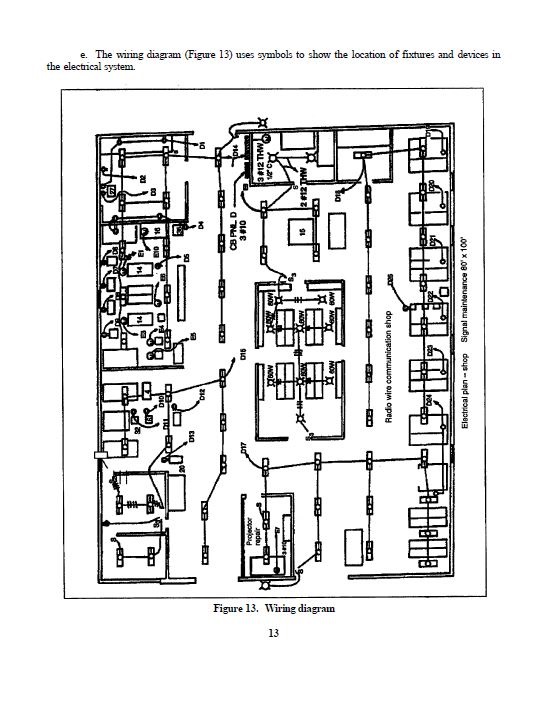

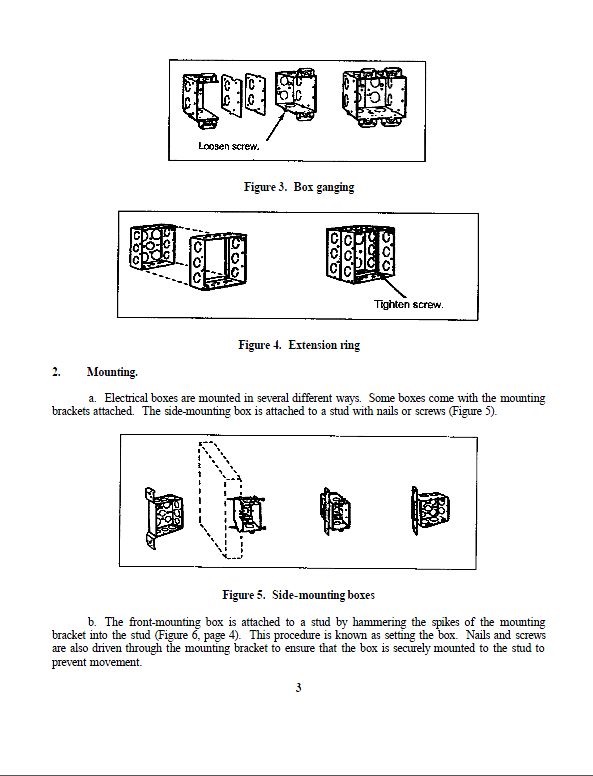

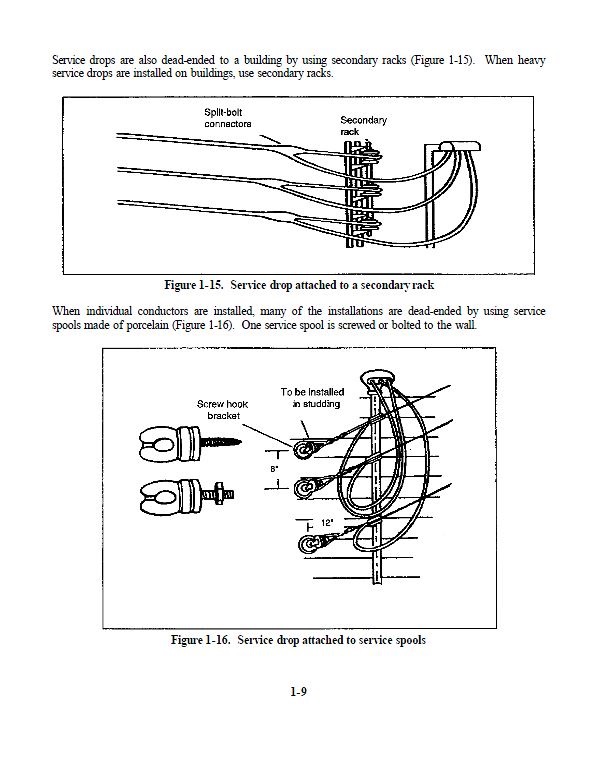
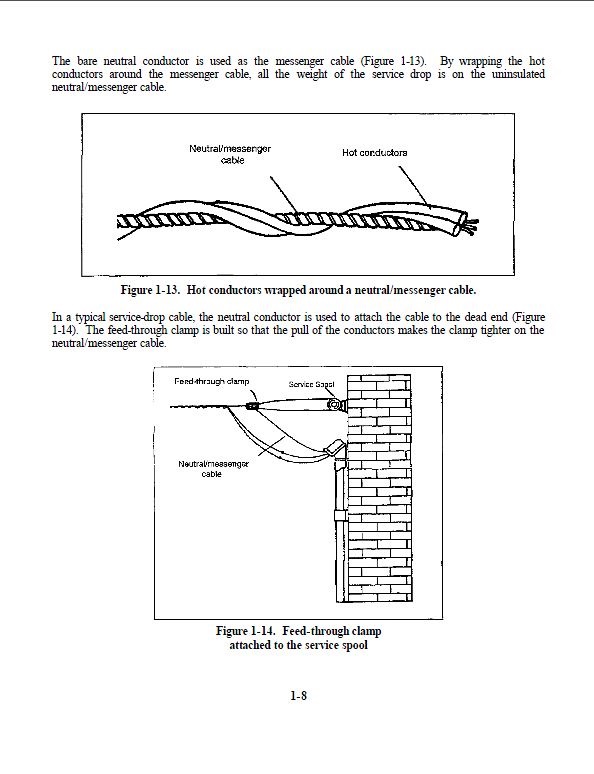
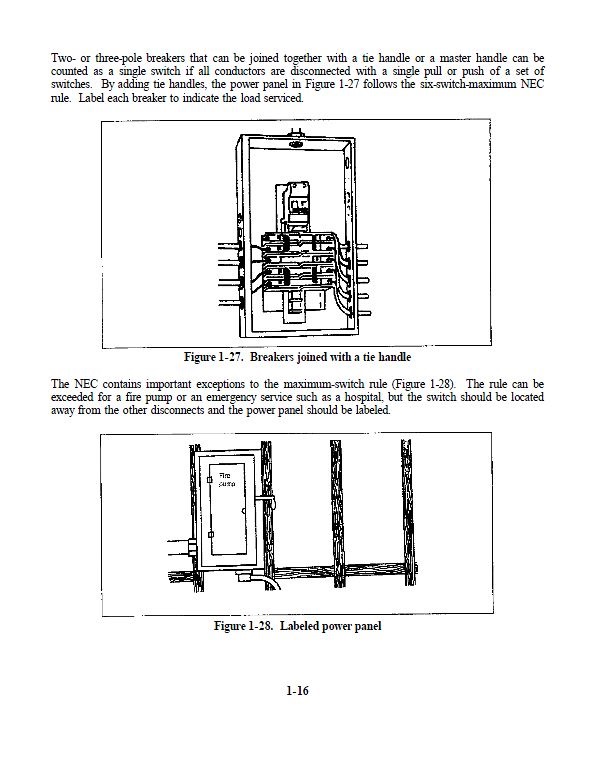
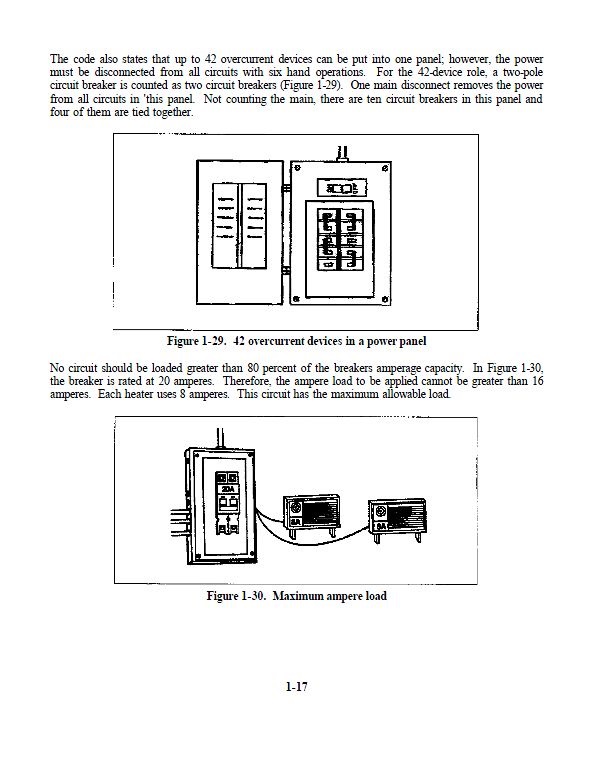
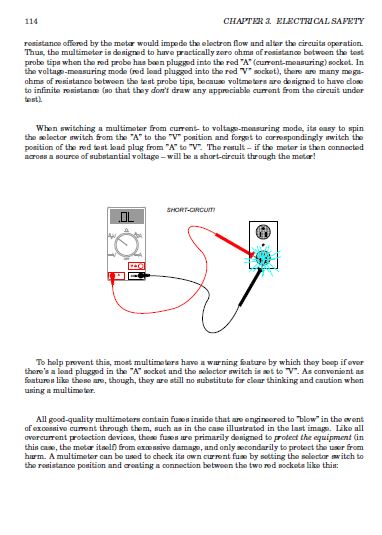
 All books are
PDF
format that you know and trust, for easy reading and printing.
All books are
PDF
format that you know and trust, for easy reading and printing.


0 Comment
Leave Comment